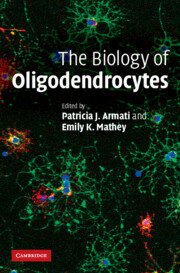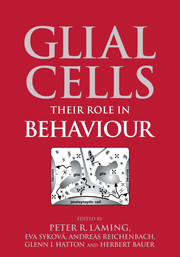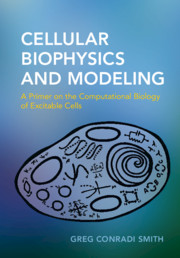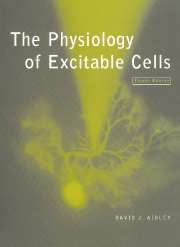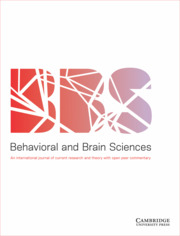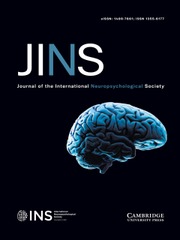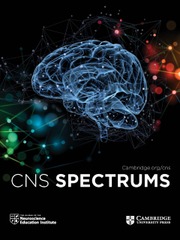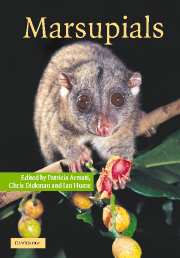The Biology of Oligodendrocytes
Traditionally, oligodendrocytes have been assumed to play a minor supporting role in the central nervous system and their importance has generally been overlooked. For the first time, this book provides a dedicated review of all of the major aspects of oligodendrocyte biology, including development, organization, genetics, and immunobiology. Later chapters emphasize the importance of this underestimated cell to the mammalian central nervous system by exploring the role of myelin synthesis and maintenance in neural disease and repair. Particular attention is paid to multiple sclerosis (MS), arguably the prime example of an acquired demyelinating disease, with detailed examinations of the current concepts regarding demyelination, oligodendroglial damage, and remyelination in MS lesions.
- The first book dedicated to the oligodendrocytes, key cells in the mammalian central nervous system
- A one-stop resource for current research on these cells, covering all important aspects of their biology
- Chapters exploring multiple sclerosis give the reader an important insight into the role of oligodendrocytes in neural disease
Product details
November 2010Hardback
9780521899659
304 pages
235 × 155 × 20 mm
0.62kg
25 b/w illus. 10 colour illus.
Available
Table of Contents
- List of contributors
- Preface
- 1. CNS oligarchs. The rise of the oligodendrocyte in a neuron-centric culture Emily Mathey, Ariel Arthur and Patricia Armati
- 2. Comparative biology of Schwann cells and oligodendrocytes Rudolf Martini, Janos Groh and Udo Bartsch
- 3. Control of oligodendrocyte development and myelination in the vertebrate CNS Robert H. Miller
- 4. Molecular organization of the oligodendrocyte and myelin Grahame Kidd and Bruce D. Trapp
- 5. The genetics of oligodendrocytes Joseph A. Nielsen, Pierre Lau and Lynn D. Hudson
- 6. Immunobiology of the oligodendrocyte David Kremer, Orhan Aktas, Hans-Peter Hartung and Patrick Küry
- 7. Oligodendrocytes and disease: repair, remyelination and stem cells Neil Scolding
- 8. Glial progenitor cells and the dynamics of the oligodendrocyte and its myelin in the aged and injured CNS Jurate Lasiene and Philip J. Horner
- 9. Oligodendroglial pathology in MS Tanja Kuhlmann and Wolfgang Brück
- 10. Glutamate receptors, transporters, and periventricular leukomalacia Tara M. Desilva and Paul A. Rosenberg
- References
- Index.

